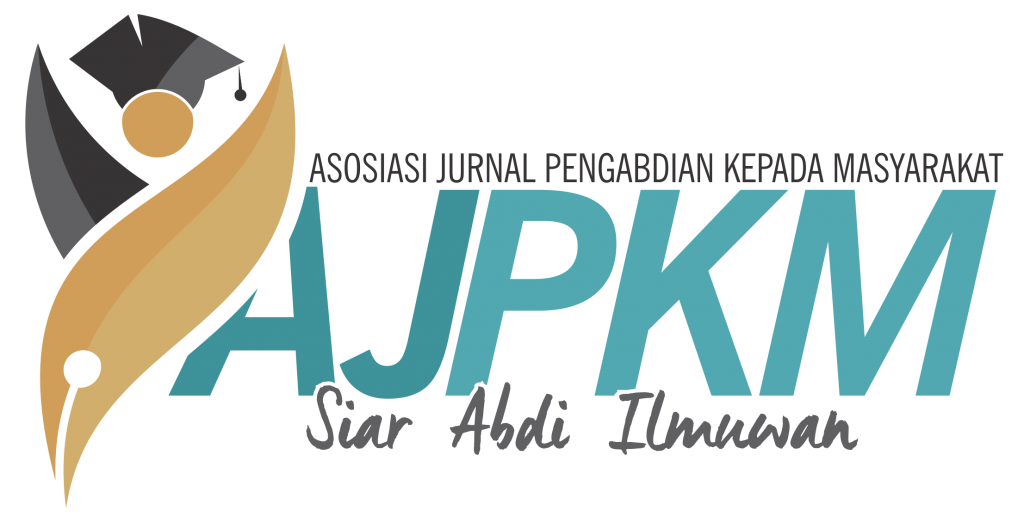Pemanfaatah Sampah Plastik Menjadi Kerajinan Tangan Guna Meningkatkan Kreatifitas Warga Sekitar Stie Ahmad Dahlan Jakarta
Sari
Waste problems are problems that will not run out, because as long as they are alive they will always produce waste. Waste production is always directly proportional to the increase in population. The more population increases, the higher the waste produced. Garbage is often regarded as something that is annoying, dirty, smelly, difficult to decompose into soil, disrupts the eyes, disrupts health and even causes flooding. The objectives to be achieved from the training activities to provide skills and training in the use of plastic waste into handicraft art ranging from design, formation, sequencing, to finishing techniques for the PKK women in Cireundeu and Rempoa villages, South Tangerang City. The reason for choosing housewives in the local area as an object of training was because previously they were also some respondents in the research object Feasibility Study on Establishing a Waste Bank on the STIEAD Jakarta Campus and according to the results of interviews with participants obtained information that most of the participants were housewives. The method applied in this activity is training and direct practice. In this training were given several activities which included the presentation of material, and the practice of making plastic waste art works by instructors who were experienced in their fields. The output of community service activities in terms of art skills training to assemble plastic waste into more valuable work (money) is expected to be a skill.
Teks Lengkap:
PDFReferensi
USAID. 2010. Modul Pelatihan Pengelolaan Sampah Berbasis Masyarakat.Jakarta: Environmental Services Program.
Ida Yuliati. 2011. Aksesori dari Kertas: Memanfaatkan Kertas Menjadi Berbagai Macam aksesori Cantik. Surabaya: Tiara Aksa.
Karden Edy Sontang Manik. 2007. Pengelolaan Lingkungan Hidup. Jakarta: Penerbit Djambatan
Kharisma Widia Prastiwi dan Yuyun Widihastuti. 2010. Recycle Bottle:Ragam Kreasi Limbah Botol Plastik. Surabaya: Tiara Aksa.
Kuncoro Sejati. 2009. Pengolahan Sampah Terpadu. Yogyakarta: Kanisius.Ni Komang Ayu Artiningsih.
DOI: https://doi.org/10.31294/jabdimas.v2i1.4515
DOI (PDF): https://doi.org/10.31294/jabdimas.v2i1.4515.g2943
dipublikasikan oleh Lembaga Penelitian dan Pengabdian Masyarakat (LPPM) Universitas Bina Sarana Informatika dengan dukungan Relawan Jurnal Indonesia
Jl. Kramat Raya No.98, Kwitang, Kec. Senen, Kota Jakarta Pusat, DKI Jakarta 10450

This work is licensed under a Creative Commons Attribution-ShareAlike 4.0 International License








